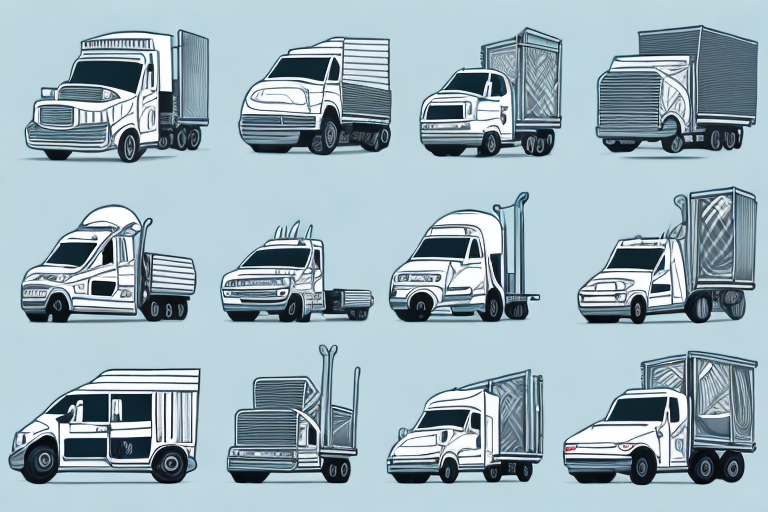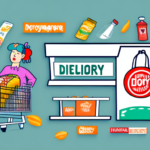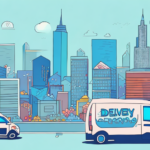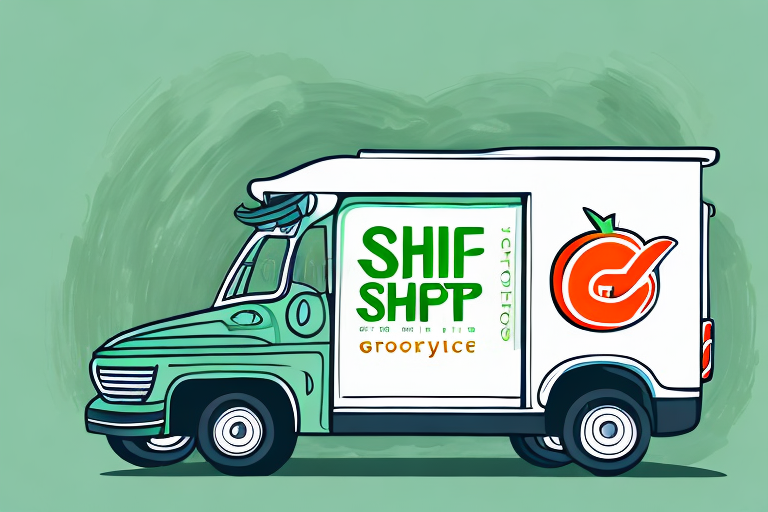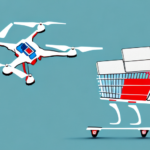Exploring the Different Delivery Services Available Today
In today's world, with e-commerce at its peak, delivery services have become an integral part of our lives. From shopping for groceries to ordering household supplies, we depend heavily on these services. In this article, we'll explore the various delivery services available today and discuss their advantages and disadvantages. Let's dive in.
The Rise of E-Commerce and Its Impact on Delivery Services
The rise of e-commerce has revolutionized the delivery industry. According to Statista, global e-commerce sales surpassed $5 trillion in 2022 and are projected to continue growing. The COVID-19 pandemic further accelerated this trend, making online shopping a necessity for many. Delivery services have become faster, more efficient, and more reliable, enabling customers to receive their favorite products right at their doorstep with just a few clicks.
However, the surge in demand has also introduced challenges. Delivery companies are under immense pressure to manage high order volumes, which can lead to delays and longer wait times for customers. Moreover, the increase in delivery vehicles on the road has raised concerns about traffic congestion and environmental impact. To address these issues, many companies are investing in new technologies and strategies to enhance their delivery services while minimizing their carbon footprint.
How Technology is Changing the Delivery Industry
Technology has been a key driver in transforming the delivery industry. Innovations such as GPS tracking, real-time updates, and automated delivery systems have made delivery services more efficient and accurate. Furthermore, the use of drones for delivery is gaining traction, offering faster and more convenient options for customers.
Artificial Intelligence and Route Optimization
Artificial intelligence (AI) is playing a significant role in optimizing delivery routes, predicting demand, and automating the sorting and packaging of packages. AI-powered systems help delivery companies save time and money while enhancing the overall customer experience.
Eco-Friendly Delivery Options
Advancements in technology have also enabled the development of eco-friendly delivery options. Electric and hybrid vehicles, bicycles, and electric scooters are increasingly being used for last-mile deliveries in urban areas, reducing carbon emissions and contributing to a more sustainable future for the delivery industry.
The Advantages of Same-Day and Next-Day Delivery Services
Same-day and next-day delivery services have surged in popularity among consumers. The primary advantage of these services is their speed and convenience, allowing customers to receive products within hours or the next day. These services are particularly beneficial for urgent deliveries and customers who cannot wait for standard delivery times.
Flexibility and Real-Time Tracking
In addition to speed, same-day and next-day delivery services offer greater flexibility. Customers can choose specific delivery times that suit their schedules, eliminating the need to wait for large delivery windows. Many of these services also provide real-time tracking, enabling customers to monitor their packages and receive updates on delivery status.
Comparing the Cost and Convenience of Different Delivery Options
When selecting a delivery option, factors such as cost and convenience are paramount. Standard delivery services are typically the most affordable but may involve longer delivery times. In contrast, same-day and next-day services are more expensive but offer faster delivery.
International Shipping and Freight Services
International shipping and freight services are available for long-distance and large shipments, though they tend to be more costly due to additional customs and tax charges. It's essential to consider the size, weight, and destination of your package when choosing the appropriate delivery option.
Package Tracking and Insurance
Many delivery services offer package tracking and insurance, providing peace of mind and protection for your shipments. Comparing different delivery options based on these features can help you find the best fit for your needs.
The Importance of Choosing a Reliable Delivery Service Provider
Selecting a reliable delivery service provider is crucial for a seamless delivery experience. Reliable providers offer timely deliveries, real-time updates, excellent customer service, and hassle-free returns policies.
Evaluating Customer Reviews and Ratings
Reading customer reviews and ratings can help you assess the reliability of different providers. Additionally, ensure that the provider is authorized and licensed to operate in your area.
Cost vs. Quality of Service
While opting for the cheapest delivery option may be tempting, it's important to balance cost with the quality of service. Look for providers that offer competitive rates while maintaining high service standards.
Range of Services Offered
Consider the range of services offered by the provider, such as same-day delivery, international shipping, or specialized delivery types. Choosing a provider that aligns with your specific delivery needs ensures efficiency and effectiveness.
Understanding the Different Types of Shipping and Freight Services
Shipping and freight services cater to businesses that need to move large quantities of products over long distances. The cost and delivery time vary based on the size, weight, and distance of the shipment. The most common types include air cargo, sea cargo, and freight rail.
Air Cargo
Air cargo is the fastest shipping option but is also the most expensive. It's suitable for time-sensitive and high-value shipments.
Sea Cargo
Sea cargo is slower but more cost-effective for larger shipments, making it ideal for bulk goods and non-urgent deliveries.
Freight Rail
Freight rail is a good option for moving large quantities of goods over land, although it may not be suitable for time-sensitive deliveries.
The Future of Delivery: Innovations to Watch Out For
The delivery industry is continually evolving, with new innovations on the horizon that promise to make delivery services faster, more efficient, and more environmentally friendly.
Drones and Autonomous Vehicles
Using drones for deliveries, autonomous delivery vans, and robots for last-mile deliveries are among the most significant innovations. These technologies aim to enhance delivery speed and reduce operational costs.
Blockchain Technology
One of the most exciting advancements is the use of blockchain technology to create a secure and transparent delivery system. Blockchain can provide real-time tracking and complete visibility into the delivery process, helping to prevent fraud and theft by recording and verifying each transaction.
As demand for transparency and security increases, more companies are expected to adopt blockchain technology in the delivery industry in the near future.
In summary, the delivery industry has evolved significantly, offering a variety of services from standard to same-day and subscription-based deliveries. By staying informed about the latest innovations and understanding the different delivery options available, you can optimize your delivery experience for convenience and efficiency.













